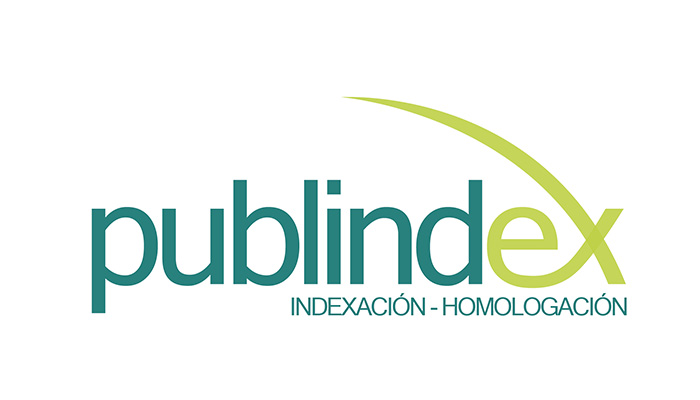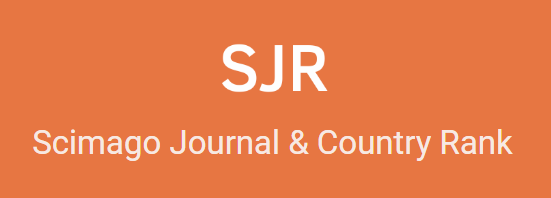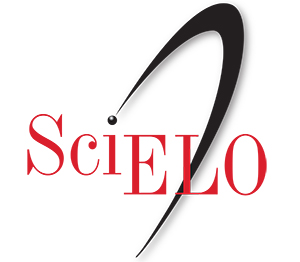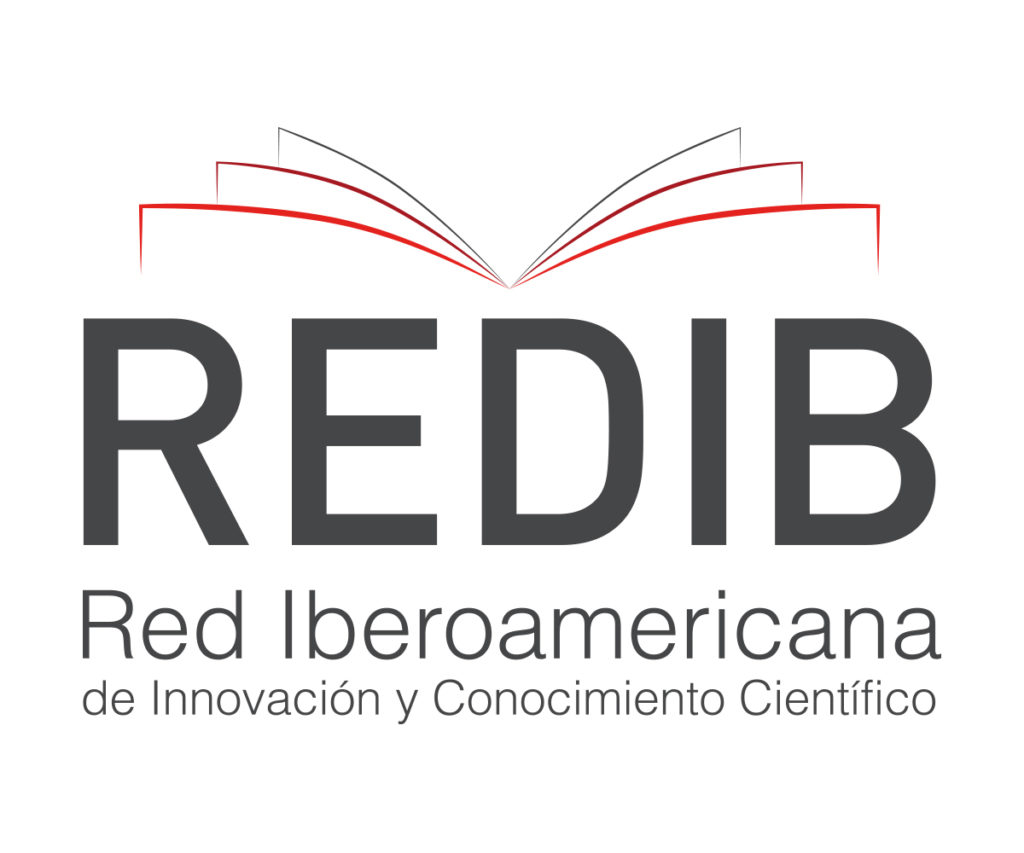El estancamiento de la controversia sobre el seleccionismo génico
The Stagnation of the Controversy About Gene Selection
DOI:
https://doi.org/10.15446/ideasyvalores.v71n8Supl.103860Palabras clave:
gen egoísta, seleccionismo génico, selección natural, unidad de selección, visión centrada en el gen (es)selfish gene, gene selection, natural selection, unity of selection, gene-centered view (en)
Descargas
Nos ocupamos de la controversia científica sobre la plausibilidad del seleccionismo génico. En primer lugar, mostramos que esta controversia parece estar estancada en su conjunto y particularmente sobre la cuestión central: si los genes son el objeto de la selección natural. En segundo lugar, sostenemos que el estancamiento sobre esta cuestión se explica en buena medida porque las partes en disputa están posicionadas sobre modos distintos de comprender la genética. Finalmente, argumentamos que la controversia podría avanzar si se enfrentara un asunto muy problemático que, a pesar de su relevancia, ha sido relegado a un segundo plano: cómo definir “gen” en términos moleculares
We address the scientific controversy about the plausibility of gene selection theory. First, we show that this controversy seems to be at a standstill as a whole and in particular regarding the central issue: whether genes are the unit of natural selection. Secondly, we claim that the standstill regarding this issue can be explained largely because the contending parties conceive genetics in different ways. Finally, we argue that the controversy could move forward if the highly problematic question of how to define “gene”, that has been neglected despite its relevance.
Referencias
Ahouse, Jeremy. “The tragedy of a priori selectionism: Dennett and Gould on adaptationism.” Biology and Philosophy 13.3 (1998): 359-391. [https://doi.org/10.1023/A:1006508719300]
Barnes, Barry and Dupré, John. Genomes and what to make of them. University of Chicago Press, 2008. DOI: https://doi.org/10.7208/chicago/9780226172965.001.0001
Benabdellah, Karim; González-Rey, Elena and González, Antonio. “Alternative transsplicing of the Trypanosoma cruzi lyt1 gene transcript results in compartmental and functional switch for the encoded protein.” Molecular Microbiology 65.6 (2007): 1559-1567. [https://doi.org/10.1111/j.1365-2958.2007.05892.x]
Bohórquez-Carvajal, Julián D. y Bernal-Velásquez, Reinaldo. “Dos objeciones a la teoría del gen egoísta.” En prensa.
Burian, Richard M. “Selection Does Not Operate Primarily on Genes.” Contemporary Debates in Philosophy of Biology. Edited by Francisco Ayala; Robert Arp. Wiley-Blackwell, 2010. 141-164. DOI: https://doi.org/10.1002/9781444314922.ch8
Crick, Francis and Watson, James. “Genetical Implications of the Structure of Deoxyribonucleic Acid.” Nature 171.4361 (1953): 964-967. [https://doi.org/10.1038/171964b0]
Davis, Richard E. et al. “rna trans-splicing in flatworms. Analysis of trans-spliced mrnas and genes in the human parasite, Schistosoma mansoni.” Journal of Biology and Chemistry 270.37 (1995): 21813-21819. [https://doi.org/10.1074/jbc.270.37.21813]
Dawkins, Richard. El relojero ciego. Traducido por Manuel Arroyo Fernández. Labor, 1986.
Dawkins, Richard. El gen egoísta. Las bases biológicas de nuestra conducta. Traducido por Juan Robles Suárez. Salvat, 1989.
Dawkins, Richard. Escalando el monte improbable. Translated by Joandomènec Ros. Tusquets, 1998.
Dawkins, Richard. “El darwinismo universal.” La ciencia de la vida. Editado por Mark A. Bedau y Carol E. Celad. Traducido por Mariano Sánchez-Ventura. Fondo de Cultura Económica, 2016. 731-758.
Dawkins, Richard. El fenotipo extendido. El largo alcance del gen. Traducido por Pedro Pacheco González. Capitán Swing, 2017.
Diéguez, Antonio. La vida bajo escrutinio. Una introducción a la filosofía de la biología. Biblioteca Buridán, 2012.
Dobzhansky, Theodosius. Genetics and the Origin of Species. Columbia University Press, 1951.
Dupré, John. El legado de Darwin. Qué significa hoy la evolución. Traducido por Mirta Rosenberg. Katz, 2006. DOI: https://doi.org/10.2307/j.ctvndv61v
Dupré, John. “It is not possible to Reduce Biological Explanations to Explanations in Chemistry and/or Physics.” Contemporary Debates in Philosophy of Biology. Edited by Francisco Ayala and Robert Arp. Wiley-Blackwell, 2010. 32-48. DOI: https://doi.org/10.1002/9781444314922.ch2
Flavell, Richard A. and Jeffreys, Alec J. “The Rabbit b Globin Gene Contains a Large Insert in the Coding Sequence.” Cell 12.4 (1977): 1097-1108. [https://doi. org/10.1016/0092-8674(77)90172-6]
Flouriot, Gilles et al. “Natural trans-spliced mrnas are generated from the human estrogen receptor-alpha (her alpha) gene.” Journal of Biology and Chemistry 277.19 (2002) 26244-26251. [https://doi.org/10.1074/jbc.M203513200]
Fox-Keller, Evelyn. Lenguaje y vida. Metáforas de la biología en el siglo xx. Traducido por Horacio Pons. Manantial, 2000.
Gould, Stephen J. “Caring groups and selfish genes.” Natural History 861.12 (1977): 20-24.
Gould, Stephen J. “Irrelevance, Submission, and Partnership: The Changing Role of Paleontology in Darwin’s Three Centennials and a Modest Rpoposal for Macroevolution.” Evolution from Molecules to Men. Edited by Derek J. Bendall. Cambridge University Press, 1983. 347-366.
Gould, Stephen J. La estructura de la teoría de la evolución. Traducido por Ambrosio García Leal. Tusquets, 2004.
Gould, Stephen J. El pulgar del panda. Traducido por Antonio Resines. Crítica, 2006.
Gould, Stephen J. La falsa medida del hombre. Traducido por Richardo Pochtar y Antonio Desmonts. Crítica, 2007.
Gould, Stephen J., and Eldredge, Niles. “Punctuated Equilibria: The Tempo and Mode of Evolution Revisited.” Paleobiology 3.2 (1977): 115-151. [https://doi.org/10.1017/S0094837300005224]
Gould, Stephen J. and Lewontin, Richard C. “The spandrels of San Marco and the Panglossian paradigm: a critique of the adaptationist programme.” Proceedings of the Royal Society of London, B, 205 (1979): 581-598. [https://doi.org/10.1098/rspb.1979.0086]
Griffiths, Paul and Stotz, Karola. Genetics and Philosophy. An Introduction. Cambridge University Press, 2013. DOI: https://doi.org/10.1017/CBO9780511744082
Herron, Jon C. and Freeman, Scott. Evolutionary Analysis. Pearson, 2015.
Horiuchi, Takayuki and Aigaki, Toshiro. “Alternative trans-splicing: a novel mode of premrna processing.” Biology of the Cell 98.2 (2006): 135-140. [https://doi.org/10.1042/ bc20050002]
Horiuchi, Takayuki et al. “Alternative trans-splicing of constant and variable exons of a Drosophila axon guidance gene, lola.” Genes & Development 17.20 (2003) 2496-2501. [https://doi.org/10.1101/gad.1137303]
Hull, David L. “Individuality and Selection.” Annual Review of Ecology, Evolution, and Systematics 11 (1980): 311-332. [https://doi.org/10.1146/annurev.es.11.110180.001523]
Jablonka, Eva and Marion J. Lamb. Evolution in Four Dimensions. Genetic, Epigenetic, Behavioral and symbolic Variation in the History of Life. Massachusetts Institute of Technology Press, 2005.
Jablonka, Eva and Gal Raz. “Transgenerational epigenetic inheritance: Prevalence, mechanisms, and implications for the study of heredity and evolution.” Quarterly Review of Biology 84.2 (2009): 131-176. [https://doi.org/10.1086/598822]
Krebs, Jocelyn E; Goldstein, Elliot and Kilpatrick, Stephen. “rna Splicing and Processing.” Lewin’s Genes xii. Edited by Elliot S. Goldstein, Jocelyn E. Krebs and Stephen E. Kilpatrick. Jones & Bartlett, 2018. 503-542.
Lei, Quan, et al. “Evolutionary Insights into rna trans-Splicing in Vertebrates.” Genome, Biology and Evolution 8.3 (2016): 562-577. [https://doi.org/10.1093/gbe/evw025]
Lewontin, Richard. “The units of selection.” Annual Review of Ecology and Systematics (1970): 1-28. [https://doi.org/10.1146/annurev.es.01.110170.000245]
Lewontin, Richard. “Sociobiology as an Adaptationist Program.” Behavioral Science 24.1 (1979): 5-14. [https://doi.org/10.1002/bs.3830240103]
Lewontin, Richard. “The Dream of the Human Genome.” New York Review of Books 28. may (1992): 31-40.
Lewontin, Richard; Genes, organismo y ambiente. Las relaciones de causa y efecto en biología. Traducido por Alberto L. Bixio, Gedisa, 2000.
Lewontin, Richard Rose, Steven, y Kamin, Leon J. No está en los genes. Crítica del racismo biológico. Traducido por Enrique Torner. Grijalbo Mondadori, 1996.
Lloyd, Elisabeth. “Units and Levels of Selection.” The Stanford Encyclopedia of Philosophy. Edited by Edward N. Salta. Web: 21 March 2020. [http://plato.stanford.edu/archives/ spr2020/entries/selection-units]
Mayr, Ernst. Toward a New Philosophy of Biology. Cambridge: Harvard University Press, 1988.
Morgan, Thomas Hunt. The Theory of the Gene. Yale University Press, 1926. DOI: https://doi.org/10.5962/bhl.title.5979
Moss, Lenny. What genes can’t do. Bradford Books, 2003.
Mukherjee, Siddhartha. El gen. Una historia personal. Traducido por Joaquín Chamorro Mielke. Penguin Random House, 2017.
Nijhout, Frederik H. “Metaphors and the Role of Genes in Development.” Bioessays 12.9 (1990): 441-446. [https://doi.org/10.1002/bies.950120908]
Orgel, Leslie E. and Crick, Francis H.C. “Selfish dna: the ultimate parasite.” Nature 284.5757 (1980): 604-607. [https://doi.org/10.1038/284604a0]
Oyama, Sususan; Griffiths, Paul E. and Gray, Russell D. Cycles of Contingency. Developmental Systems and Evolution. Massachusetts Institute of Technology Press, 2001. Ridley, Mark. Evolution. Blackwell, 2003.
Sapienza, Carmen. “Selection Does Operate Primarily On Genes. In Defense of the Gene as the Unit of Selection.” Contemporary Debates in Philosophy of Biology. Edited by Francisco Ayala and Robert Arp. Wiley-Blackwell, 2010. 127-140. DOI: https://doi.org/10.1002/9781444314922.ch7
Sober, Elliot. The Nature of Selection. The University of Chicago Press, 1993. DOI: https://doi.org/10.7208/chicago/9780226308883.001.0001
Sober, Elliot and Richard Lewontin. “Artifact, cause, and genic selectionism.” Philosophy of Science 49.2983 (1982): 157-180. [https://doi.org/10.1086/289047]
Sterelny, Kim. Dawkins vs. Gould. Survival of the Fittest. Icon Books/Totem Books, 2001.
Williams, George C. Adaptation and Natural Selection. A Critique of Some Current Evolutionary Thought. Princeton University Press, 1966.
Williams, George C. “The question of adaptative sex ratio in outcrossed vertebrates.” Proceedings of the Royal Society of London, B 205.1161 (1979): 567-580, [doi: 10.1098/ rspb.1979.0085]
Wilson, Edward O. La conquista social de la tierra. Traducido por Joandomènec Ros. Random House Mondadori, 2012.
Wimsatt, William. “Reductionistic research strategies and their biases in the units of selection controversy.” Scientific discovery: Case studies. Edited by Thomas Nickles. Reidel, 1980. 213-259. DOI: https://doi.org/10.1007/978-94-009-9015-9_13
Wynne-Edwards, Vero C. Animal Dispersion in Relation to Social Behaviour. Oliver and Boyd, 1962.
Cómo citar
MODERN-LANGUAGE-ASSOCIATION
ACM
ACS
APA
ABNT
Chicago
Harvard
IEEE
Turabian
Vancouver
Descargar cita
Licencia
Derechos de autor 2022 Los derechos son del autor(es), quien(es) puede re-publicar en parte o en su totalidad el documento ya publicado en la revista siempre y cuando se dé el debido reconocimiento a Ideas y Valores

Esta obra está bajo una licencia internacional Creative Commons Atribución-NoComercial-SinDerivadas 4.0.
De acuerdo con la Licencia Creative Commons Atribución-No Comercial-SinDerivar 4.0 Internacional. Se autoriza copiar, redistribuir el material en cualquier medio o formato, siempre y cuando se conceda el crédito a los autores de los textos y a Ideas y Valores como fuente de publicación original. No se permite el uso comercial de copia o distribución de contenidos, así como tampoco la adaptación, derivación o transformación alguna de estos sin la autorización previa de los autores y de la dirección de Ideas y Valores. Para mayor información sobre los términos de esta licencia puede consultar: http://creativecommons.org/licenses/by-nc-nd/4.0/legalcode.















.jpg)











